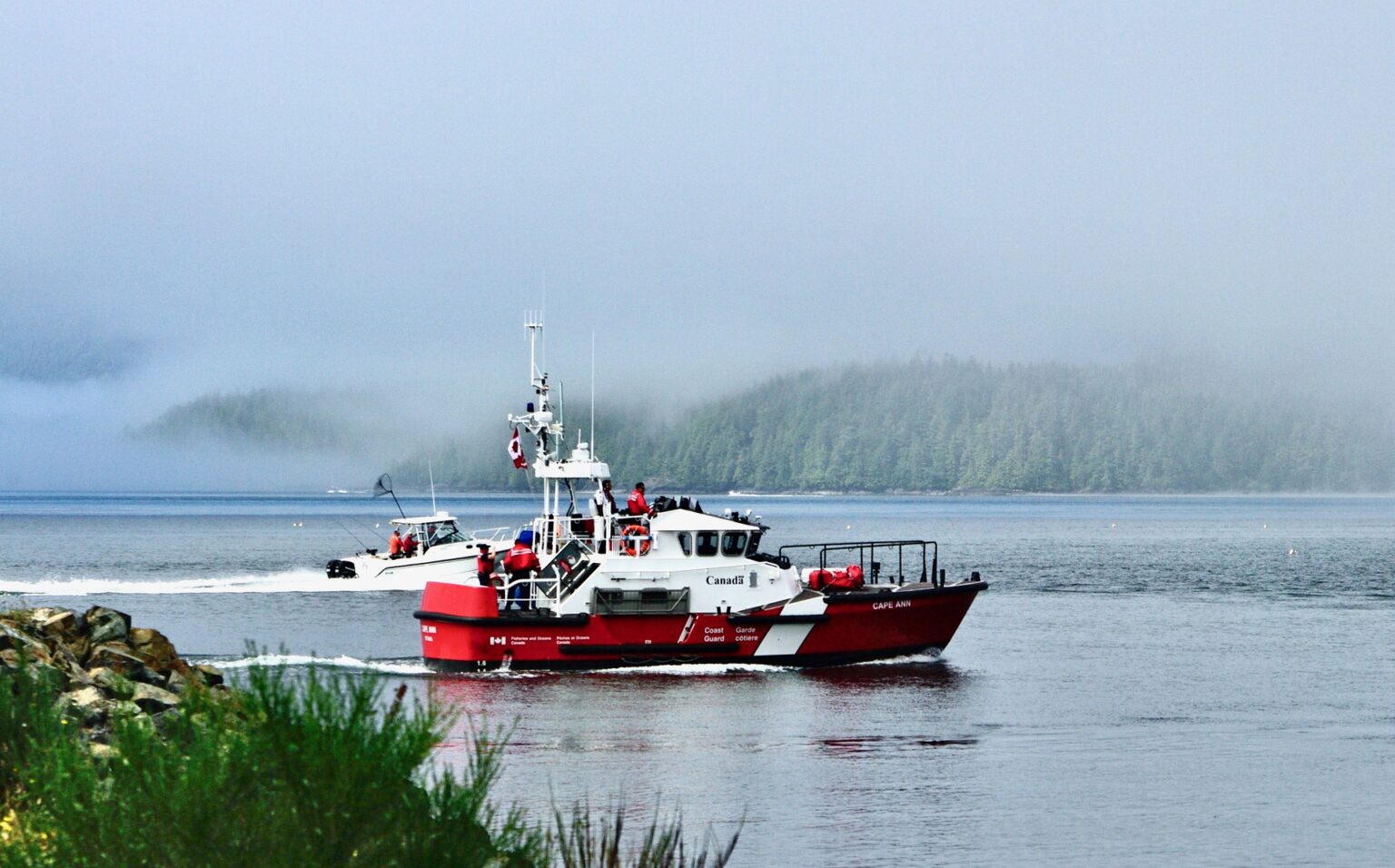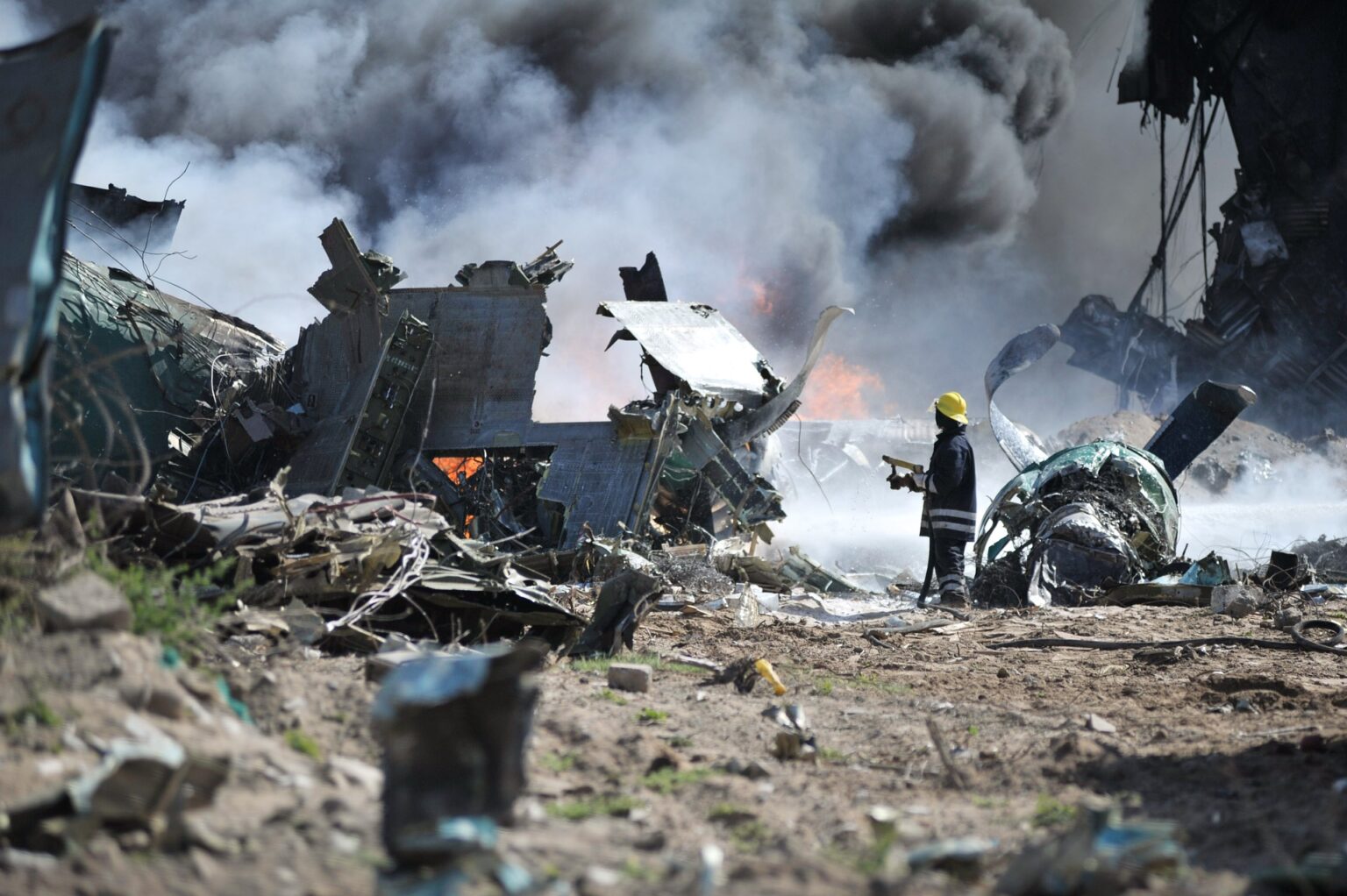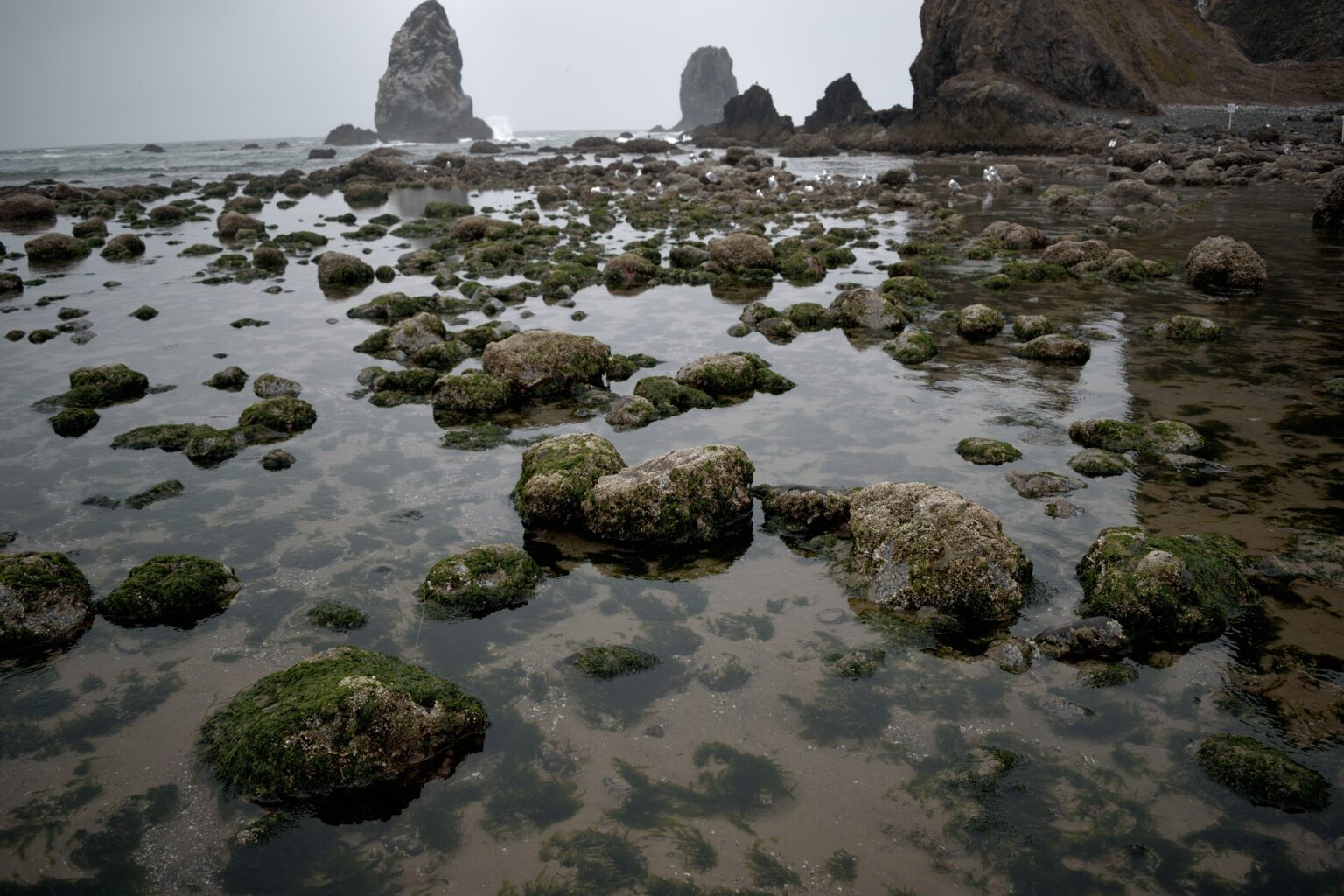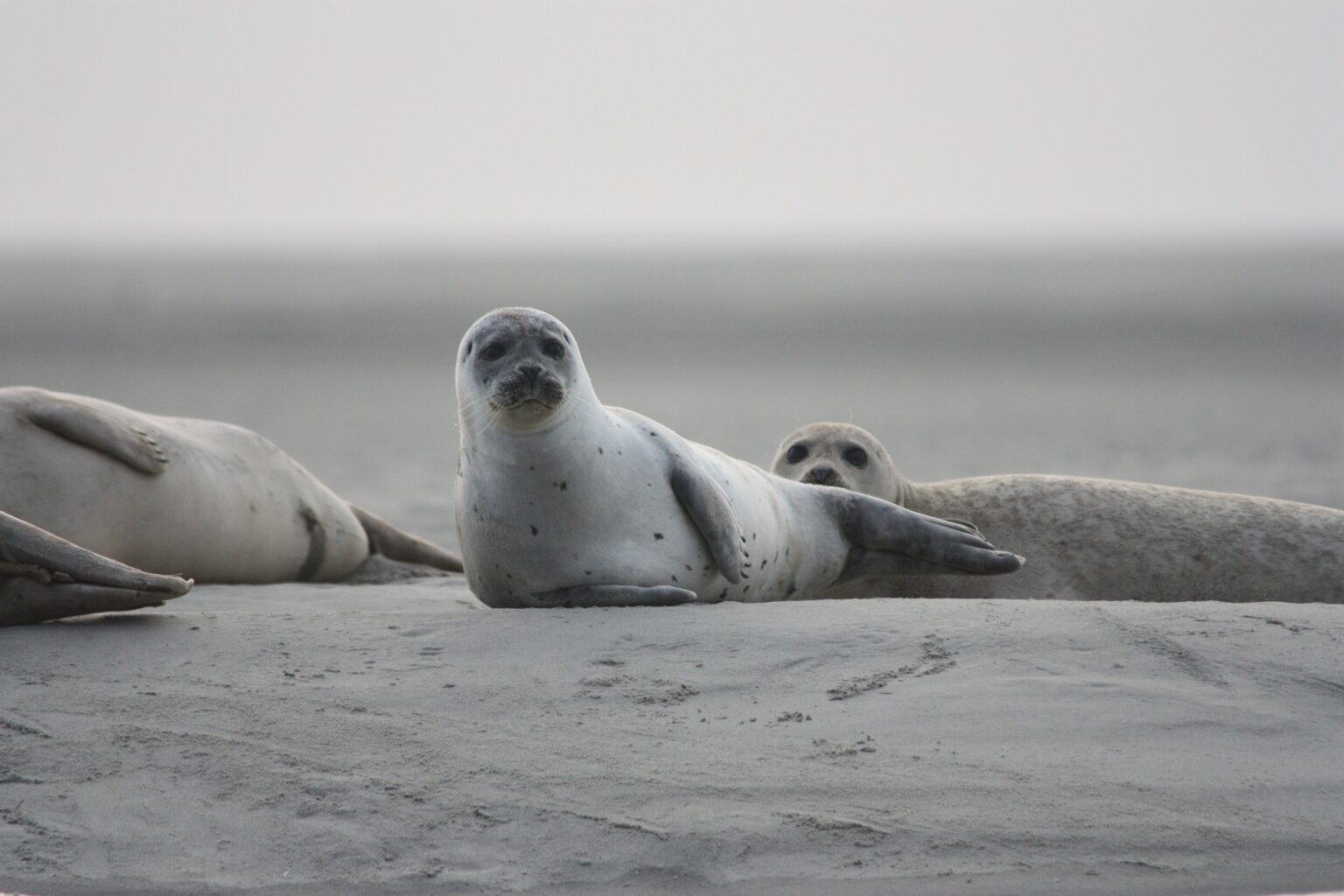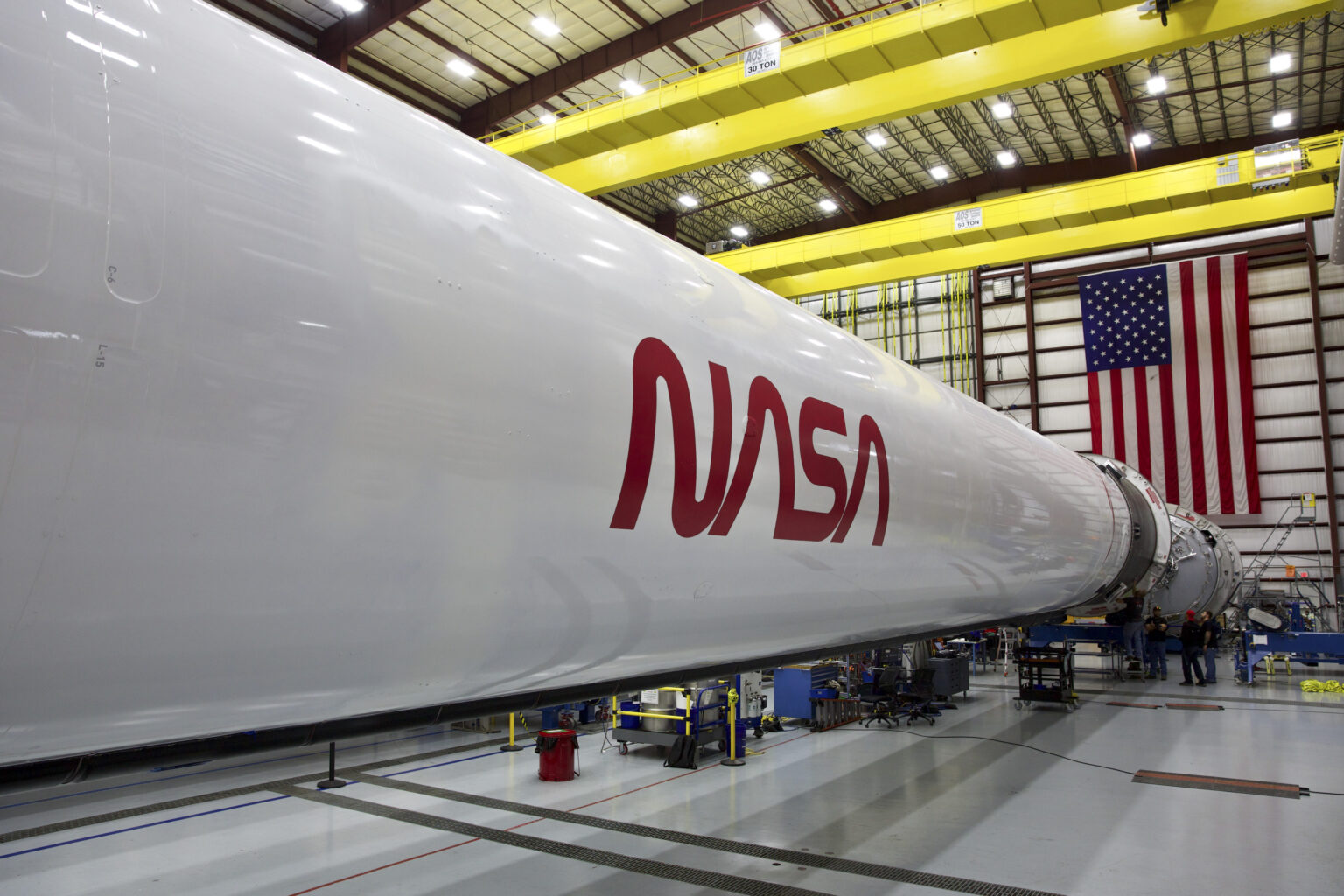Stakeholders
The three main stakeholder groups relating to the robot include organizations whose primary focus is disaster relief, general academia / industry, and victims of natural disasters.
The disaster relief organizations include:
- Federal Emergency Management Agency (FEMA)
- American Red Cross
- Disaster Relief Charities
- United States Environmental Protection Agency (EPA)
- United States Coast Guard
- Emergency Medical Services (EMS) and first responders
- Mountain Rescuers
- Researchers / Scientists / Engineers that explore Natural Disaster Sites
Academia and Industry include:
- General Academia at the leading edge of robotics
To advance robotics, the team plans to fill gaps that currently exist within the space of bio-amphibious robots. Specifically, today’s bio-amphibious robots are rarely utilized in both Land and Water environments (typically either one or the other), and there is a lack of well-defined robots that are able to utilize their limbs for dual functionalities. More details regarding the gaps that the HARRT Team aims to fill can be found in the Literature Reviews on the Swim and Land Movement sub-function pages.
Further, the HARRT Team plans to engage with stakeholders in Academia / Industry as the year progresses to comprehend the impact of our work on their field of study and iterate on the robot’s features through feedback provided by such stakeholders.
The natural disaster victim stakeholders include:
- Plane Crash Victims
- Earthquake Victims
- Flooding Victims
- Hurricane Victims
Stakeholder Needs:
Aside from fulfilling multifunctional roles in the field, we aim to have our HARRT robot remain portable enough for small organizations and groups to mobilize and use our system. Specifically, this requires a small and lightweight body that small teams can reasonably lift and move short distances, for example, from the backs of pickup trucks to the ground. However, despite the reduced size and weight, our users should be able to carry our product into any situation and be confident that it would accomplish its mission without concern about durability, tipping, or entrapment of the robot. Further, we are actively taking steps to minimize the maintenance complexity of our robot. Were our robot to require a full suite of engineers and mechanics to maintain and deploy, the benefits of portability and universality would be diminished as the more small and agile groups, such as firefighting departments, coast guard units, and more, would be unable to justify the costs of utilizing our robotic solutions.
Additional notes that must be taken into consideration include the potential for stakeholders the robot interacts with in the field to have speech impairments or otherwise lack of the ability to communicate in English. While speech should not be excluded as a mechanism of communication, there should not exist a complete reliance on speech. When necessary, visual and non-verbal auditory cues must be sufficient to assist stakeholders in scenarios such as disaster relief.
Image credits (in order of slideshow):
Eickhoff , S. (n.d.). Coast Guard Canada boat Canadian – free photo on Pixabay. Pixabay. Retrieved October 5, 2021, from https://pixabay.com/photos/coast-guard-canada-boat-5812999/.
Pexels. (n.d.). Accident crash debris – free photo on Pixabay. Pixabay. Retrieved October 5, 2021, from https://pixabay.com/photos/accident-crash-debris-dust-1853151/.
Mching49. (n.d.). Free Photo oregon coast tide pool rocks mossy – max pixel. Free photo Oregon Coast Tide Pool Rocks Mossy – Max Pixel. Retrieved October 5, 2021, from https://www.maxpixel.net/Oregon-Coast-Tide-Pool-Rocks-Mossy-4021254.
C, A. (n.d.). Seals Veaux Marins wild – free photo on Pixabay. Pixabay. Retrieved October 5, 2021, from https://pixabay.com/photos/seals-veaux-marins-seals-wild-5018499/.
Dunbar, B. (2020, March 31). The worm is back! NASA. Retrieved October 5, 2021, from https://www.nasa.gov/feature/the-worm-is-back.

